 It’s that time of year when a cool drink can be even more appealing than a meal or snack. What’s more, a new survey by Revenue Management Solutions found that specialty drinks can be revenue powerhouses for foodservice operators – largely because they break many of the rules consumers tend to follow when it comes to their spending. Specifically, when the 600-plus people participating in the survey were asked about their purchasing habits, 80 percent of respondents said they order specialty drinks multiple times a week, even though they reported a drop in their overall restaurant visits. One in four respondents said they order specialty beverages more than once a week – even though almost half of respondents said they are ordering less in order to save money right now. Specialty drinks are also ideal items for people to enjoy on the go or at home – and according to the survey, people who use delivery are less sensitive to price than guests using other sales channels. There might be an opportunity for you to include specialty drinks as an upsell suggestion on your app, where people might be more open to paying a bit more, or for you to promote them as a special limited-time offer. If you’re looking into expanding your menu offering in this area, consider a diverse mix of options: The survey found that tastes differ across generations, with younger consumers preferring sodas and soft drinks, and older consumers opting for house-made drinks. Flavor and price were the top factors affecting a person’s purchasing decision. Other key themes stood out: The top beverage choice was hot or iced coffee, earning 82 percent of the vote, followed by soft drinks. While 80 percent of respondents ordered their beverages from coffee shops, 76 percent ordered them from restaurants, so respondents perceive restaurants as places to go for an appealing drink, whether it’s coffee or not. Recommendations from friends and family played an important role in respondents’ decision to buy too, so giving people an incentive to spread the word with others if they enjoy their drink can help boost traffic and sales. 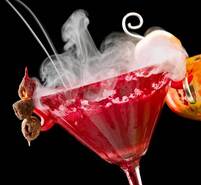 Building a worthwhile dining experience isn’t just about the food. More restaurants and bars are trying to make the experience feel a little extra special — and well worth the cost of dining out — by changing up the glassware other elements of beverage service to help make the experience more memorable for both alcoholic and nonalcoholic drinkers. Consider the bird-shaped cocktail glass at Bohemien Bar in Brooklyn, or the Smoke on the London Roaster coffee cocktail served in a red telephone booth at Barquila in Mamaroneck, N.Y. Other restaurants are scoring points for presentation with creative fruit purées and garnishes. Everything from toasted marshmallows, to caramel apple slices, to strips of bacon, to gummy bears are appearing as fun finishing touches in drinks to make the experience of dining out feel more worthwhile.  A cool drink can be an even bigger draw than great food on a hot summer day – and more consumers are looking for beverage options without alcohol. Food Navigator research found that low- and no-alcohol consumption is on track to rise by one-third by 2026. What could be helpful for restaurant operators to know is that many of these beverages cost just as much on store shelves as their alcoholic counterparts do – and your menu prices can reflect that. But according to Mintel research, it’s important to promote the experience of these drinks to justify the price tag. Experience-enhancing traits could include flavor combinations that are perceived to be higher-end, eye-catching colors, and ingredients that profess to improve health or mood.  Gimmick or not, ice cubes that have been infused with all things edible and eye-catching is all the rage. These specialty cubes, which encase edible flowers, herbs, fruit and other items, went viral when a fashion influencer made a video showcasing nine different types of specialty ice cubes in her freezer. While they can add visual punch to your cocktail menu, they can also add interest and layers of flavor to lemonade, iced tea and iced coffee (try adding frozen cubes of coffee to avoid watering down the drink’s flavor).  More consumers may be cutting back on alcoholic beverages, but they are still craving premium drinks. Your beverage menu is an ideal tool to use to bring customers in the door to enjoy items they crave but are less apt to prepare at home or order for takeout. As the weather cools, you can pull in so many appealing flavors of the season – think warm, spicy pumpkin, caramel apple, tangy cranberry or sweet pear. What flavors could you recast in new recipes to help guests experience the season? 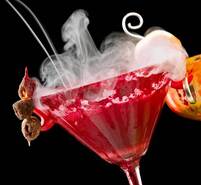 At a time when consumers may need a little extra incentive to dine out at restaurants, the experience you offer plays an increasingly important role. Your beverage menu can help enhance your restaurant experience, all while helping you boost check totals. Try elevating your alcoholic and non-alcoholic options with indulgent after-dinner drinks, warm seasonal concoctions and memorable presentations – elements your guests wouldn’t necessarily go to the trouble to recreate at home (and in many states, may not be able to order to-go). As much as food menus have had to transform throughout the pandemic, beverage menus have felt pressure to change too. You may have noticed changes in your customers’ beverage-buying habits in recent months: A downturn in classic coffee purchases from people who would normally stop by on their daily commute to work, or a dip in soft drink sales now that groups who used to order a couple of rounds of drinks over a meal in your dining room are finding their beverages at home. But beverages can still be money makers for restaurants – your menu may just need to shift to accommodate the current environment. First, make it special by offering people something they wouldn’t find at home, from coffees and herbal teas with seasonal flavors, to nutrient-dense smoothies, to fruity kombuchas. If you’re selling meal bundles this winter, don’t forget to build in a special beverage option to complement the flavors in the meal: Suggest a wine for each bundle (and explain why it’s a good fit) or offer a non-alcoholic fizzy drink like a sparkling cider or mocktail to make it more worthwhile for a customer to include beverages in their order. As people continue to work from home, their mid-afternoon breaks have also taken on new importance – and beverages can help there too. Offer a snack/appetizer and beverage pairing as an afternoon pick-me-up: Going out for gourmet hot chocolate and popcorn, a pot of tea and scones, or an Italian coffee and cheese board feels more worthwhile than making a special trip for a latte you can easily prep at home. If you’re known for your specialty cocktails, you can even put together a simple kit to help a customer enjoy a special Zoom happy hour on a Thursday evening.
Like the proteins you offer on your menu, your milk options may be evolving too. Whether from dietary intolerances or growing ethical awareness, consumers are turning away from cow’s milk – or are at least open to plant-based alternatives. A Cargill survey found that as many as half of U.S. dairy consumers also consume plant-based alternatives – with nearly half of respondents believing a balanced diet doesn’t need dairy. But vegetarian milk options – which currently range from soy to coconut to almond to oat and beyond – aren’t without their problems. If your clientele is environmentally conscious, consider this report from The Guardian, which provides a rundown of the pros and cons of the plant-based milks widely available now – with oat milk coming out on top.
Wouldn’t it be great to know what your guests will want to eat and drink not just next month or next season, but for the next two years? A recent Technomic forecast can tell you. The company has a menu predictive tool that includes machine learning, social listening tools and historical menu trends designed to map out consumer taste predictions for the next two years. Five items rose to the top: Is there a place for any of them on your menu? Two fiery sauces, Nashville hot and gochujang, will likely become widespread on menus in the coming months and years, according to Technomic’s findings. Nashville hot is a cayenne-based sauce that is associated with fried chicken – though the coming months may bring new applications. Gochujang, the Korean sauce made from fermented soybeans, dried chilies and garlic, manages to be spicy, salty and sweet. There were three beverages flagged for their anticipated rise in popularity: Ginger beer, Shochu and Mezcal. Ginger beer, which is made by fermenting ginger, yeast and sugar, is often non-alcoholic but has versatility as a mixer with alcoholic beverages. Shochu, the Japanese alcoholic beverage that can be made from ingredients as varied as sweet potatoes and barley, has a stronger taste than sake. Mezcal, a tequila relative, has a smoky flavor that is rising in popularity in both sweet and savory applications (one Washington, D.C. restaurant carries 35 varieties of the beverage).
At a time when sugar continues to be in the crosshairs when it comes to the American diet, sugary drinks are becoming not only more plentiful at large restaurant chains but also sweeter. That’s according to new research from Harvard that was recently published in the American Journal of Preventive Medicine. The research, based on the analysis of beverage offerings available at 63 quick-service, fast-casual and full-service brands between 2012 and 2017, found that the number of sugary drinks climbed by 82 percent. Further, the sweetness of drinks increased too: Among newly introduced sugary beverages including sodas, fruit drinks and sports drinks, the number of calories per drink increased by 50 and the average amount of sugar reached 63 grams, approximately double the American Heart Association’s recommended daily sugar threshold. Taxes on sugar-sweetened beverages and warnings from medical associations are creating downward pressure on sugar levels in the beverage industry, but in the meantime, restaurants have an important role to fill in providing flavorful drinks that don’t pile on the extra sugar. Think craft seltzers, fruit-infused waters, herbal teas and kombuchas as stand-alone options or extra ingredients that can add interest (but not all of the sugar) to your beverage lineup.
|
Subscribe to our newsletterArchives
July 2024
Categories
All
|
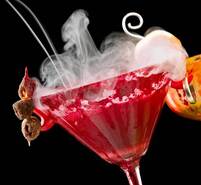
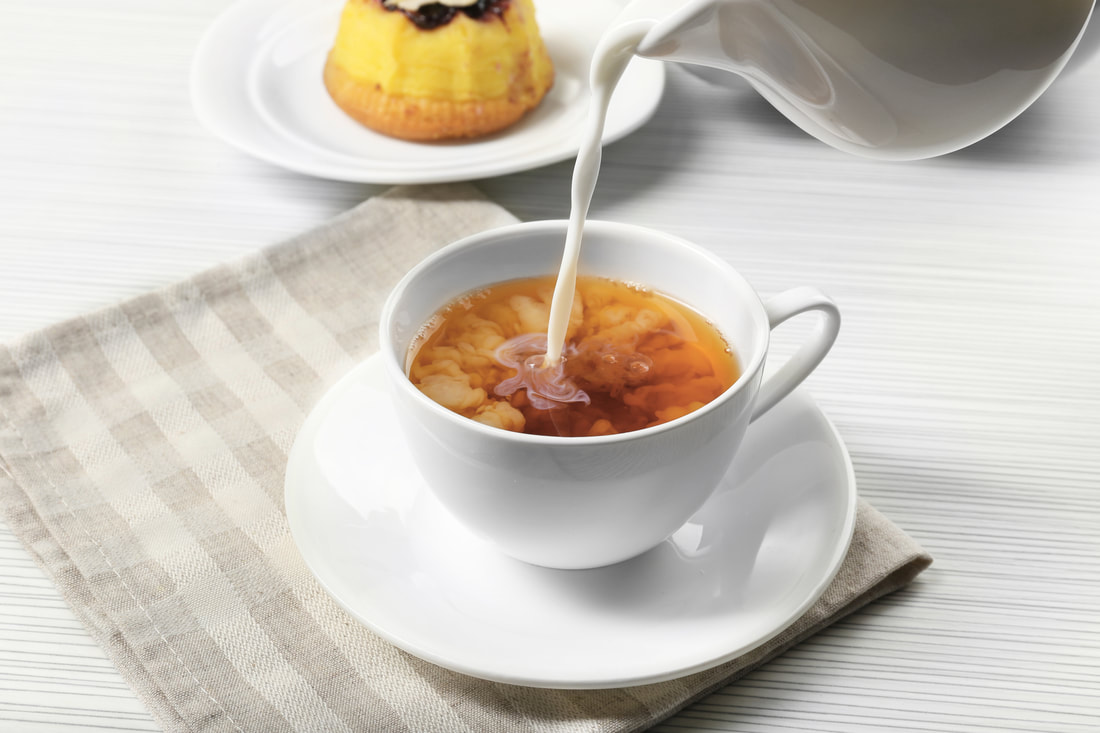
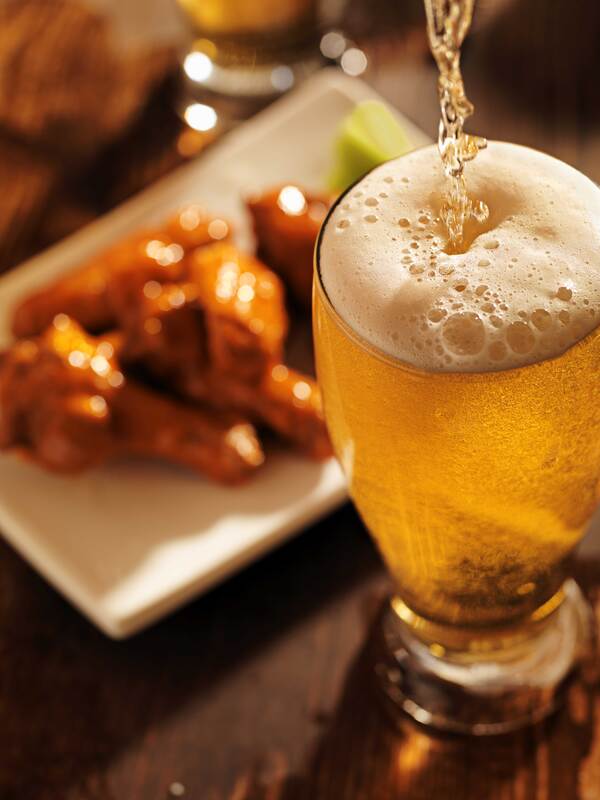
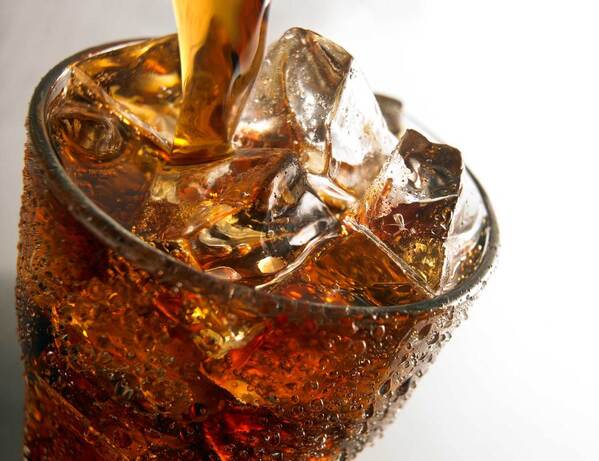

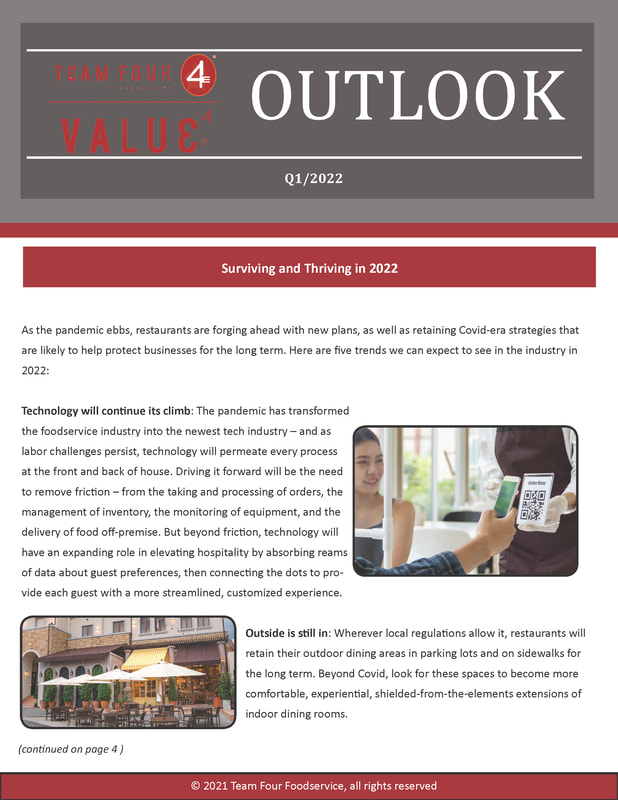


 RSS Feed
RSS Feed